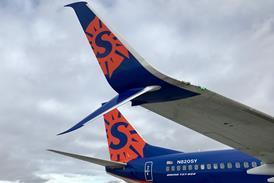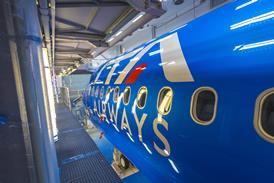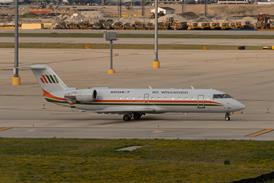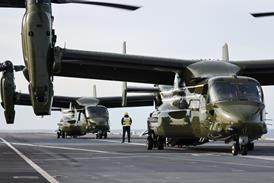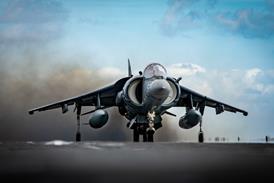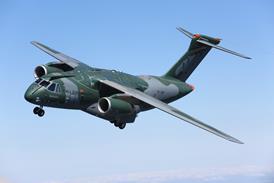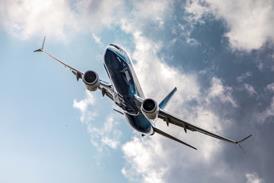MAX KINGSLEY-JONES / LONDON
With firm orders for 22 aircraft and an additional 10 options, Emirates is the biggest customer to date for for the Airbus A380. Buried within that 32-aircraft commitment is an order for two A380-800 freighters, which, as it stands, are the first cargo aircraft to be ordered by the rapidly expanding United Arab Emirates carrier. The A380Fs are due for delivery in the second half of 2008.
Ram Menen, director of cargo at Dubai-based Emirates, says it was the decision to buy the passenger A380 model that prompted the order for the freighter: "We realised that when we introduce the passenger aircraft, we will actually lose some belly cargo capacity relative to current types, so we ordered the freighter to boost capacity," he says.
Because the two-passenger-deck A380 airliner uses a large part of its underfloor cargo hold for passenger baggage, just 14-15t of belly capacity will be available for freight, compared to around 20t on a Boeing 777, says Menen. "The A380's cargo capacity could be even lower if the aircraft has a higher-density seating layout," he adds.
The belly cargo hold capacity of its passenger fleet is a vital consideration for Emirates - it accounts for 80% of the airline's cargo business. Emirates carried 400,000t of cargo in the year to March and expects the business to grow this year by 25-30%. Almost one-third of the cargo passing through its cargo hub originates or terminates in the Gulf. The remainder is "transcontinental", says Menen.
The only dedicated freighter it operates is a Boeing 747-400F, which is wet-leased from Atlas Air for services to Amsterdam, Hong Kong and, beginning this month, Shanghai. Menen says the decision to acquire the A380F for its own fleet, rather than to lease it, was based on the fact that, unlike the 747, the type will be operated in the passenger fleet. "When we looked at the operating costs on a tonne/kilometre basis, it made sense," he adds.
Menen says the deployment strategy for the A380F fleet is still in the early planning stages, but what is certain is that the aircraft will be operated on "trunk cargo routes from Dubai to Europe and to the Far East". As part of the planning Emirates has started an evaluation of medium-sized widebody freighters to operate regional services in the Gulf to feed the A380 freighter hub in Dubai.
"We are looking at all the candidates in the 50-85t capacity," says Menen.
The size category that Emirates is evaluating includes freighters such as the Airbus A300-600F, Boeing 767-300F and MD-11F. Emirates is "pushing Boeing" to develop a freighter version of the 777-200ER, says Menen, and is also studying the A330-200F - both types are in the airline's passenger fleet. Menen says the regional operation will complement the A380F fleet and should be in place to support the new 150t payload freighters when they arrive in six years' time.
Source: Flight International

